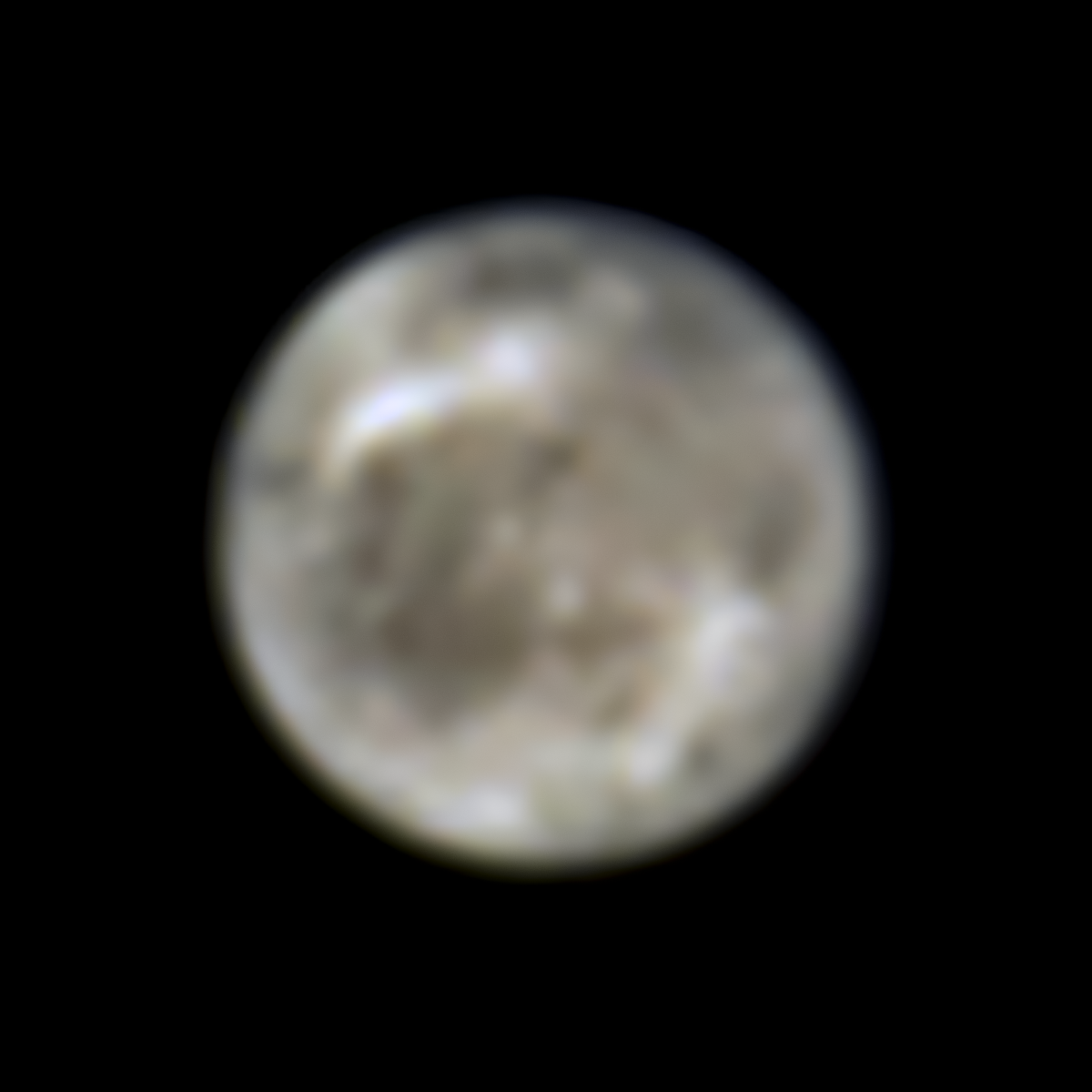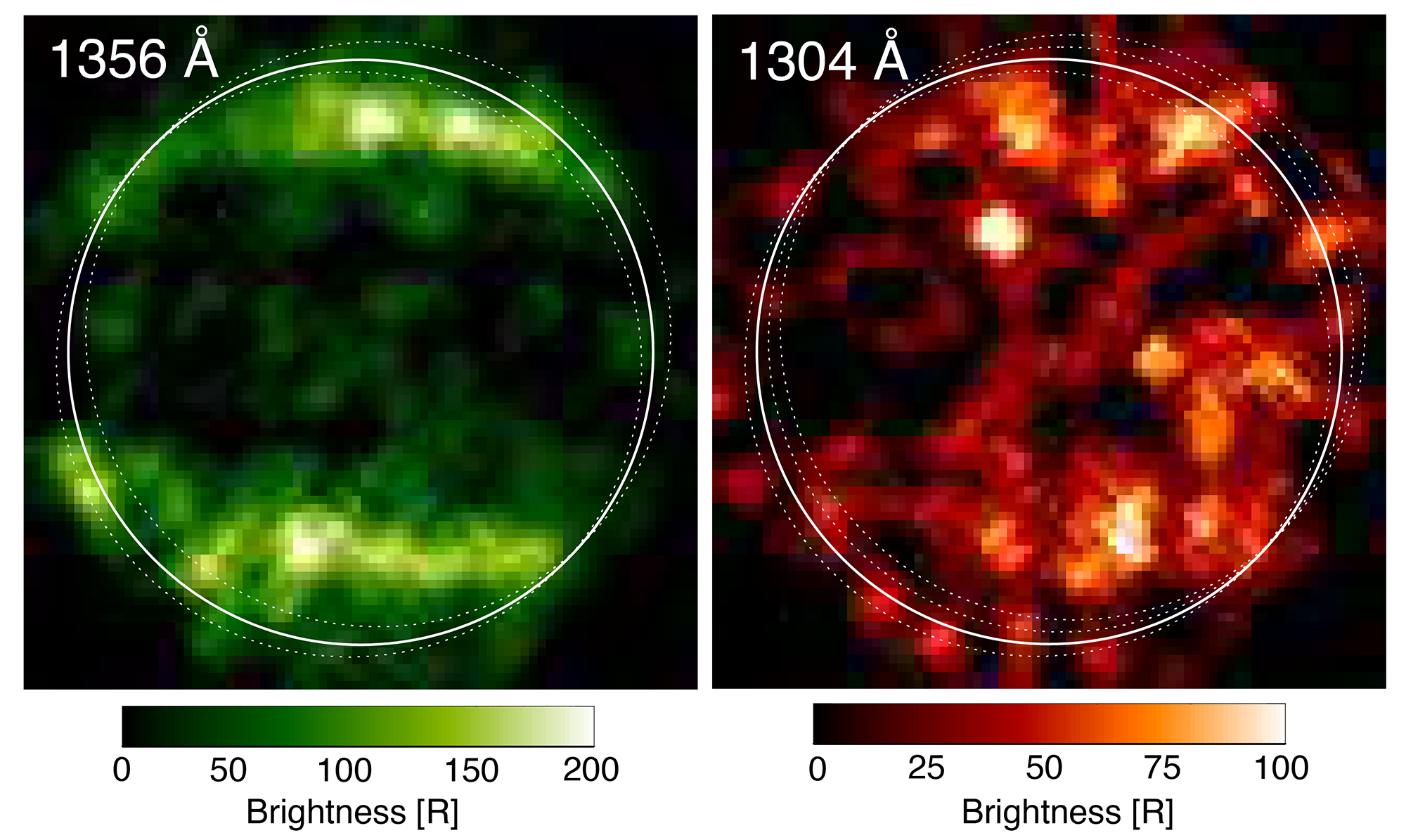Key Takeaways:
- Water vapor detected on Ganymede via Hubble Telescope, suggesting sublimation from the moon’s surface, not its subsurface ocean.
- Findings contradict prior assumptions about atomic oxygen in Ganymede’s atmosphere, revealing a new source for observed UV differences.
- The discovery contributes crucial insights for ESA’s upcoming JUICE mission (JUpiter ICy moons Explorer), enhancing plans for Ganymede observations.
- Juno mission continues to explore Ganymede, offering new images and contributing to our understanding of the Jovian system’s evolution.
- Understanding Jupiter’s system aids in unraveling planetary formation, evolution, and potentially habitable environments, impacting broader exoplanetary studies.
In a groundbreaking revelation, astronomers utilizing the Hubble Space Telescope have unveiled a significant finding: the presence of water vapor within Jupiter’s moon, Ganymede. This discovery marks the first instance of detecting water vapor in Ganymede’s atmosphere, shedding light on the intriguing dynamics of this celestial body.
Ganymede, the largest moon in our solar system, has long been speculated to harbor vast amounts of water. However, frigid temperatures have frozen surface water solid, concealing a subsurface ocean estimated to lie around 100 miles beneath the moon’s crust.

The newly detected water vapor does not stem from this subsurface ocean but instead originates from the sublimation of surface ice when conditions become sufficiently warm.
Revisiting data spanning two decades captured by the Hubble Telescope, astronomers uncovered this evidence of water vapor in Ganymede’s atmosphere. Previous interpretations had suggested the presence of molecular and atomic oxygen in the moon’s atmosphere. However, reanalysis revealed a striking absence of atomic oxygen, prompting a reconsideration of the observed differences in ultraviolet aurora images.
Lorenz Roth and his research team from the KTH Royal Institute of Technology in Sweden spearheaded the investigation. Their meticulous analysis of Hubble’s data pinpointed the correlation between the observed UV differences and the expected distribution of water vapor in Ganymede’s atmosphere. This finding challenges prior assumptions and provides critical insights for future space missions.

The European Space Agency’s forthcoming JUICE mission, slated for launch in 2022 and arrival at Jupiter in 2029, gains significance from this discovery. JUICE aims to conduct extensive observations of Jupiter and its moons, particularly emphasizing Ganymede’s potential as a planetary body and habitat. Roth highlighted the value of these findings for the JUICE mission, suggesting optimization of spacecraft observations based on this newfound information.
Simultaneously, NASA’s Juno mission has been intensively studying Ganymede since 2016, contributing fresh imagery and expanding our understanding of the Jovian system’s complexities. This ongoing exploration not only deepens our comprehension of Jupiter’s system but also holds promise for unraveling the formation and evolution of gas giant planets and their satellites.
Understanding the Jovian system offers a window into the broader realm of planetary evolution and potential habitable environments, not only within our solar system but also in distant exoplanetary systems. These findings underscore the collaborative efforts of international space agencies and the pivotal role of missions like the Hubble Telescope and Juno in unraveling the mysteries of our cosmic neighborhood.
The Hubble Space Telescope, a collaboration between NASA and the European Space Agency, continues to provide invaluable insights into celestial phenomena. Managed by NASA’s Goddard Space Flight Center and operated by the Space Telescope Science Institute, Hubble remains at the forefront of astronomical exploration, unraveling the secrets of our universe.
This monumental discovery on Ganymede signifies a pivotal moment in our understanding of celestial bodies, emphasizing the importance of continued exploration and collaborative efforts in unraveling the mysteries of our cosmic neighborhood.



